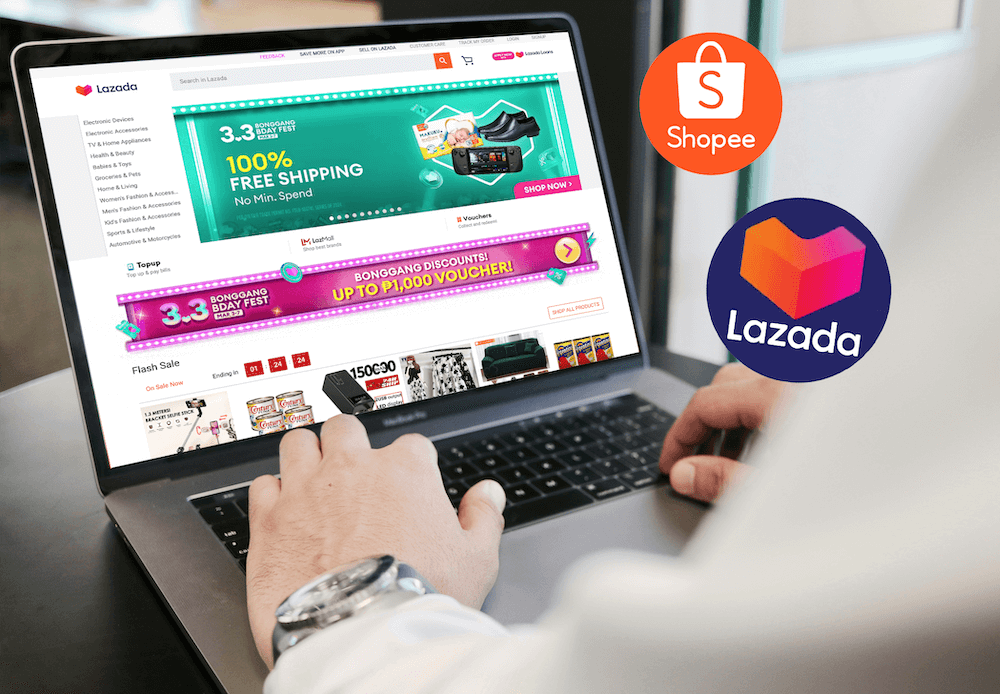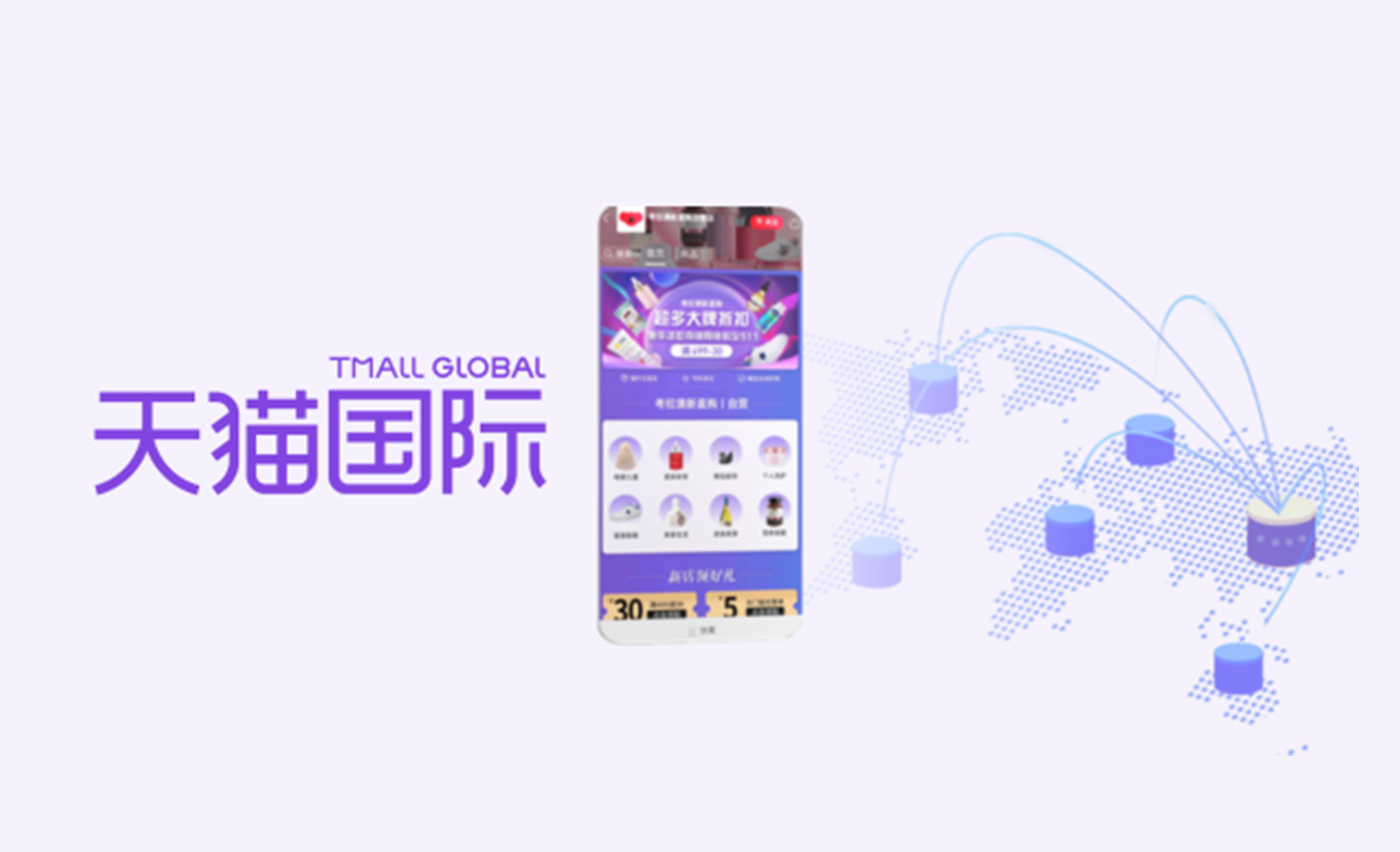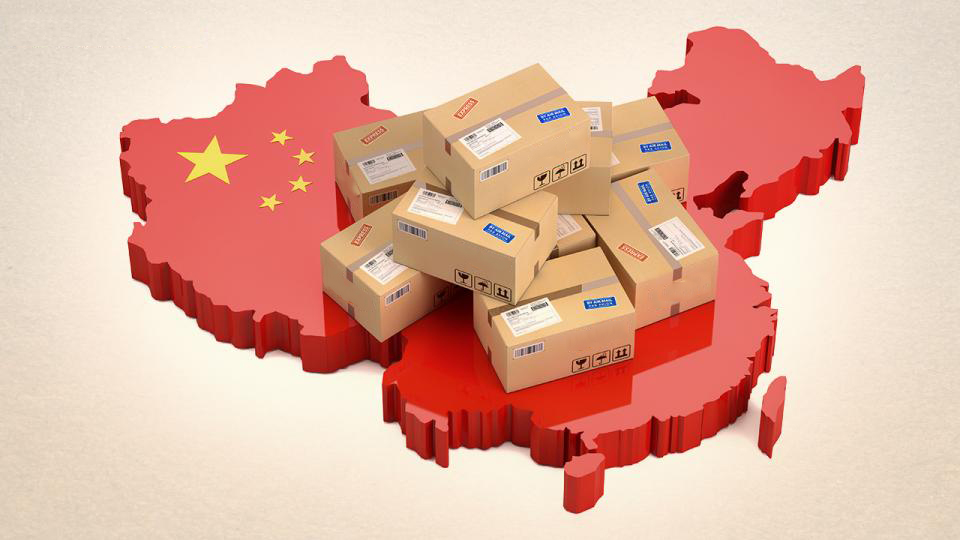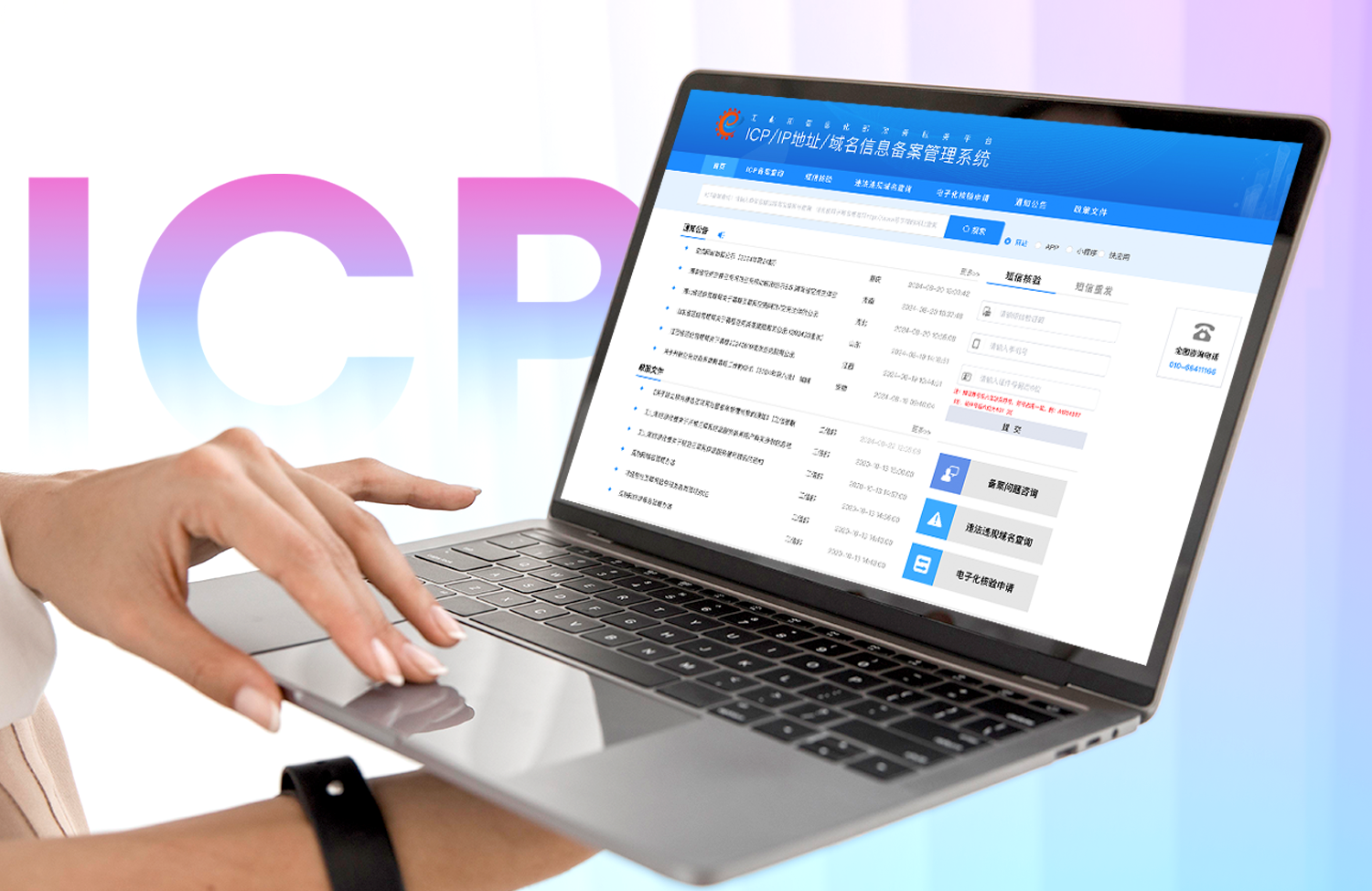Shopify is one of the most famous eCommerce platforms today. It allows brands wanting to go Global to easily create branded cross-border eCommerce stores to enhance their reach into new markets, with a friendly enough interface for users without web development resources to set up professional online stores, and at the same time offers powerful features for more complex implementations.
As a Shopify Certified Partner, TMO Group launches the Shopify Cross-Border eCommerce Series to analyze the success factors and other practical tips for advanced Shopify eCommerce building, operation, marketing, and more.
Shopify for Cross Border eCommerce
So you want to take your brand overseas! If you’ve already decided on Shopify for your eCommerce localization or are planning to do so–great! We previously wrote about Shopify’s localization features, costs, and ease in our eCommerce Platform Comparison: Magento, Shopify, & moreFrom entry-level site builders to powerful eCommerce solutions, we ranked the top platforms, as well as their advantages and disadvantages.Top 5 eCommerce Platform Comparison.
Among all the fundamental considerations brands must take whenever embarking on an overseas venture, one very important piece of the puzzle is the Marketing aspect that will help grow your cross-border eCommerce operation. In this article, we will cover 5 must-haves that ensure your Shopify digital marketing strategy is covering every flank.
Choosing the right eCommerce channels
With so many ways to promote your brand, including more than 100 social platforms out there, it is crucial to first explore which are the most relevant in your target market to build brand awareness for a successful market entry. While you might already be aware of the top-performing channels within your consolidated markets, you should be aware that consumer behavior can significantly differ from one country to the next. When defining your eCommerce localization strategy, these are some of the crucial questions you should be asking yourself:
- What does the Buyer's Journey look like? Investigating the different touchpoints in shoppers' awareness, consideration, and decision stages is essential for defining the channels you should focus on. If your target customer falls under a certain age group, for example, they might not read fashion blogs that would otherwise call for a guest blogging strategy.
- What are your competitors doing? A pretty good way to gauge which channels you should prioritize is by taking a look at those direct competitors that already have an established presence in that particular market. Some steps you can take are having a look at the social media platforms in which they are active and the style and format of content they post.
Pro Tip: Tools like Google's Ads Transparency Center or Facebook's Ad Library allow you to peek at competitors and get an idea of their paid strategies, and you can use Milled to search for newsletter content and have a unified glance at their emails without having to subscribe to each company's mailing list.
- Which are the most used search engines? Google reigns with around 85% of the global desktop market share, but you may be surprised to learn that it only accounts for 61% of the searches in the US (Statista, 2023). Evaluate the popularity of other search engines like Bing or Baidu within your target country and demographic for both SEM and SEO activities.
1. eCommerce Website Localization
Perhaps the first or most obvious step that comes to mind when adapting your online store to a new market is translation, and we all wish it was as simple as just translating your local stores’ texts–spoiler: it’s not. When we talk about Website Localization we’re talking about implementing a full-on eCommerce Content Strategy that ensures your brand resonates with your target market’s audience.
This might imply adapting your brand’s tone of voice to better suit the nuances that come with every different language. As a global eCommerce agency that helps connect Western and Asian businesses, one thing we often notice is how cultures have different expectations as to how brands should communicate with them, and cultural inaccuracies can very well alienate target audiences. When positioning your brand through translation, you don’t want to come across as too formal or extravagant, or conversely, too simple or lame.
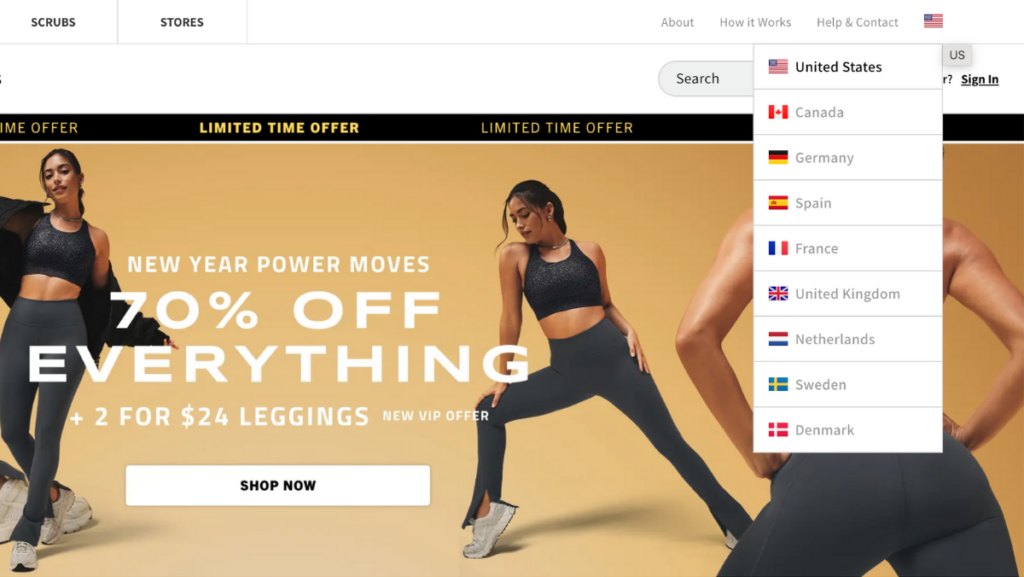
Furthermore, your online store can enhance user experience and build trust in your new market through visual cues such as including the shopping country of your target market in the website header–you want to avoid frictions like users wondering where exactly you ship to because you missed to explicitly mention your regions of operation throughout your eCommerce. Localizing your branding is another important design consideration, given different cultures respond differently to something as simple as your color palette.
2. eCommerce SEO Localization
As we discussed above, localizing is more than just translation, it's about relevance–and this also applies to your eCommerce Search Engine Optimization. For your keyword research, pay attention to how search volumes compare even with regional variations of the same language like American and British English. Take a look at how the Google Trends for "cutlery" and "silverware" differ in volume across regions.
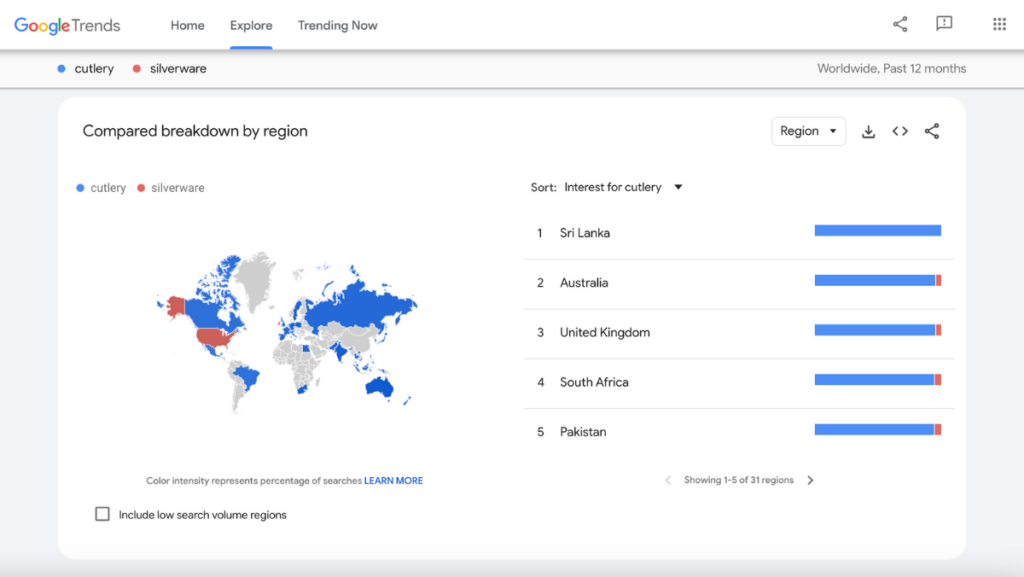
We can see another example by comparing how Adidas uses the terms "trainers" in the UK versus "shoes" in their US site. If even a global giant like Adidas can’t get away with just their domain authority, and they’re optimizing their eCommerce for SEO, so should you!

Fortunately, Shopify’s SEO Features are ahead of many of their eCommerce platform counterparts, and some SEO like canonical tagging is done automatically to give you less trouble, not to mention the vast array of add-ons from the Shopify Store to assist you in localizing meta tags and bulk optimizing image SEO.
3. eCommerce SMS and Email Marketing
When it comes to your overseas online store, a big success factor will not only be the amount of new visitors you attract but also how you re-engage those who have previously shown interest in your products.
Depending on your target region, consider incorporating an SMS and Email Marketing Strategy for your eCommerce. While SMS Marketing is just taking off in countries like the United Kingdom or Australia, Email Marketing enjoys some of the highest open and click-through rates in these regions.
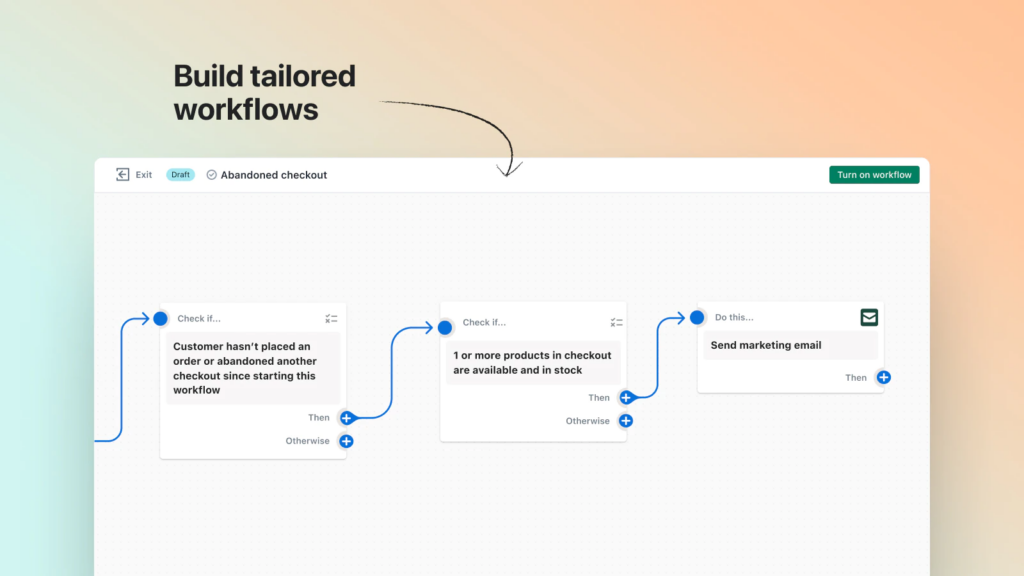
Shopify’s built-in email marketing tools allow you to easily implement newsletter subscriber modules and set up automated emails on Shopify to communicate your latest announcements and promotions to existing and potential customers. Additionally, there are plenty of Shopify SMS marketing apps that can help you set up complex trigger rules based on customer touchpoints like shipped orders and more.
4. eCommerce Social Media Localization
Another channel that will prove critical for the successful digital marketing localization of your eCommerce is Social Media–both paid and organic. Consider utilizing social plugins that funnel users across your channels to reinforce your brand’s authenticity and social proof, as well as building an editorial calendar that recognizes important dates, seasons, and events so you can produce content that better resonates with your audience.

Be also aware that every social media platform will have its own best-performing content format and style. For instance, while TikTok has increased its maximum video length, short videos lasting around 15 seconds are still the best-performing duration. Another example is how content across Western platforms like Instagram performs the best with "raw" or better put "lightly edited" photography that doesn't have branding and appears more natural and organic.
Given that you are entering a new market where your brand recognition will most likely be null, one very powerful strategy you can use is leveraging well-established brand ambassadors within your target market to build upon social proof for your business and bridge the cultural gap between you and your audience. While potential customers are more likely to trust your brand if an influencer recommends your product, you should still carefully select Key Opinion Leaders (KOLs) whose personal brand resonates with yours to reach the correct audience. Consider partnering with them by giving out exclusive offers that exceed your always-on promotions to take advantage of your KOL's captive audience.
As for eCommerce PPC (also referred to as eCommerce Performance Marketing), the most prominent social platforms can be effortlessly connected to Shopify with no-code tools such as the Meta pixel that enables Shopify Facebook or Instagram advertising to track user interaction across your store. This could be used, for example, to run a Shopify Ad Campaign where you target the cart abandoners from your site and show them on social media the exact product they were interested in.
5. eCommerce Customer Support Localization
Lastly, efficient customer support in the local language and time zone is a game-changer and an often lacking or overlooked feature of cross-border eCommerce operations. Thankfully, in the era of AI, the use of chatbots and other technologies can help your brand enhance support services without an enormous investment. Consider including a chatbot that helps the user navigate your website and answer common questions as well as providing other forms of human contact that could help them advance their decision-making process.

Shopify Localization: Final Thoughts
In the dynamic world of eCommerce, mastering expansion through localization is key to sustained success. By understanding and embracing cultural diversity, businesses can tailor their digital marketing strategies to resonate with new audiences. As you embark on the journey of crafting your Shopify Marketing Strategy, be sure to consider the aforementioned tips to increase your odds of a successful eCommerce localization.
If you're looking for a Shopify marketing agency to enhance your cross-border eCommerce growth, TMO Group has rich experience in eCommerce localization and digital marketing strategy for Shopify and other cross-border eCommerce platforms. Reach out to us to learn more about our advertising, search engine optimization, and other Marketing services for eCommerce.


